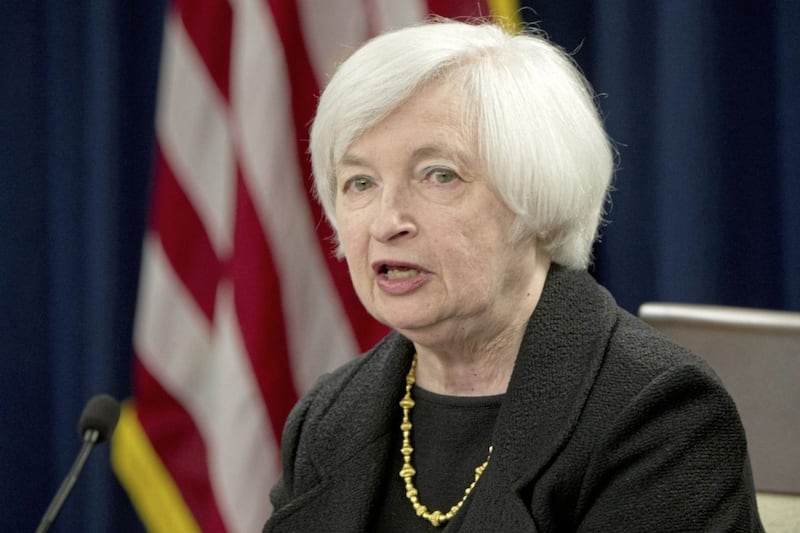Various senior Federal Reserve officials have moved in the past week to clear up doubts that arose following the decision by the US Federal Open Market Committee (FOMC) - the interest rate setting committee of the US central bank - to leave rates on hold at its September meeting. It now appears that the decision not to hike US interest rates was a close call.
Furthermore, most FOMC members, including Fed chair Janet Yellen, anticipate that it is likely to be appropriate to begin raising rates before the end of the year. Indeed, Yellen set out quite a strong case for raising rates in a speech on Thursday. She argued that the factors holding down inflation were temporary, played down fears about the impact of the slowdown in China, and said the prospects for the US economy appear generally solid.
Indeed, she warned about the risks of waiting too long to raise interest rates as she said that the prudent strategy is to begin tightening in a timely fashion. Thus, unless there is a marked deterioration in the US economy over the next couple of months or some unexpected global shock, a rate hike looks virtually certain at the December FOMC meeting. However, the financial markets remain quite sceptical and are not yet pricing in a full 0.25 per cent hike in official US interest rates until next April. Yellen’s comments, though, did boost the US dollar and saw short dated US yields rise.
With the Fed stressing the importance of the US data to its decision making, this week’s releases will bear watching. Therefore, there will be the usual focus on Friday’s release of the US employment report for September.
This report – more commonly referred to as the US non-farm payrolls - is probably the most influential snapshot as to the health of the US economy. It is always eagerly awaited due to its importance and the fact that it is particularly up to date –it is always issued within a few days of the end of the month.
US non-farm payrolls in September are forecast to show a strong pick-up (in excess of 200,000) in September, while there is some expectation that August’s somewhat disappointing 173,000 rise will be revised up. Either way, the unemployment rate, which fell to a seven-year low in August, looks set to remain at 5.1 per cent. Also of interest will be September earnings data. Though a further modest improvement is expected on the month, year-on-year growth should continue to be anchored around the 2 per cent mark.
Meanwhile, closer to home, the schedule in the UK is light in nature for the second consecutive week. Indeed, the manufacturing Purchasing Managers’ Index (PMI) for September is the main release of note. As in other major economies, it is anticipated to indicate that the sector has continued to struggle. The final GDP data for the second quarter also features but should have limited market impact.
Elsewhere, in the eurozone, we get a couple of releases that form key inputs into European Central Bank (ECB) policy deliberations. Thus, given ongoing speculation that the Governing Council could loosen policy yet further in the months ahead, HICP inflation (September) and unemployment (August) will garner plenty of attention. Inflation is expected to have fallen back to 0 per cent, perhaps reflecting the recent falls in commodity prices, while the unemployment rate will remain at a very elevated level.
Finally, given continued concerns over the health of the Chinese economy, there will be plenty of interest in the Caixin and NBS Chinese PMIs (services and manufacturing) for September. The indices have suggested a soft pace of growth in recent months and the data are likely to show that this trend has continued.








